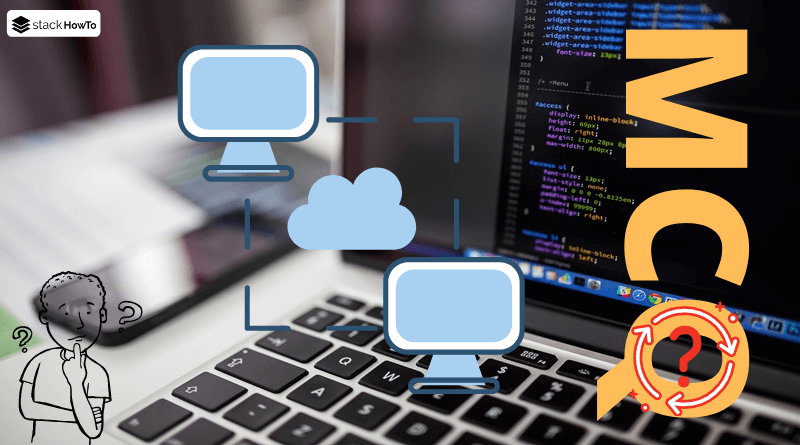How Does a UPS Work?
In this tutorial, we are going to see How does a UPS work?
UPS (Uninterruptible Power Supply) is a device that protects electronic equipment against electrical hazards. It is a box placed at the interface between the electrical network (connected to the power supply) and the equipment to be protected.
The UPS allows switching to a battery backup for a few minutes in case of electrical problems, especially during :
- Micro power cuts, which means power cuts of a few thousandths of a second that can result in the restarting of the computer.
- Power outage, corresponding to a break in the power supply for a given time.
- Overvoltage, which means a voltage higher than the maximum value foreseen for the normal functioning of the electrical devices.
- Undervoltage, which means a voltage lower than the maximum value foreseen for the normal functioning of the electrical devices.
- Voltage spikes. These are instantaneous (for a very short time) and high amplitude overvoltages. These spikes, due to the stopping or starting of high power appliances, can eventually damage the electrical components.
- Lightning, representing a very important surge occurring suddenly during bad weather (storms).
Most electrical disturbances are tolerated by computer systems, but they can sometimes cause data loss and service interruptions, or even material damage.
The UPS allows to “smooth” the electrical voltage, i.e. to eliminate peaks exceeding a certain threshold. In case of a power failure, the energy stored in the backup battery allows maintaining the power supply of the equipment during a reduced time (about 5 to 10 minutes). Beyond the autonomy time of the UPS battery, the UPS can switch to other energy sources. Some UPS can also be connected directly to the computer (via a USB cable for example) in order to properly control its shutdown in case of a power failure and avoid any data loss.
Types of UPS
There are generally three families of UPS:
- Off-line UPS are connected via an electrical relay. In normal operation, the mains voltage is used to recharge the batteries. When the voltage exceeds a certain threshold (minimum and maximum), the relay opens and the voltage is recreated from the energy stored in the battery. Given the opening and closing times of the relay, this type of UPS does not provide protection against micro-cuts.
- On-line UPS are connected in series and continuously regulate the voltage.
- Line interactive UPS are based on a hybrid technology. Line interactive UPS are connected in parallel via a relay but have a microprocessor that continuously monitors the voltage. In case of a slight voltage drop or micro-cuts, the UPS is able to inject a compensatory voltage. In case of a total failure, however, the UPS will work as an offline UPS.
Characteristics of the UPS
The duration of the electrical protection provided by a UPS is expressed in VA (Volt-Ampere). It is generally considered that for an electrical protection corresponding to an electrical cut of 10 minutes, it is necessary to have a UPS with a capacity equal to the power of all the equipment connected to the UPS multiplied by a coefficient of 1.6.
When choosing a UPS, it is also important to check the number of electrical outlets it has.
Finally, UPSs sometimes have a connection (USB, network, parallel, etc.) that allows them to be linked to the central unit, so that its shutdown can be controlled in case of a prolonged power outage and thus save all the work in progress.
It should also be noted that UPS systems do not protect telephone connections, so a computer connected to a UPS and a modem may have its components damaged if lightning strikes the telephone line.





